Beyond The Nose: How Elephant Trunks Evolved And Became Nature’s Most Versatile Tool
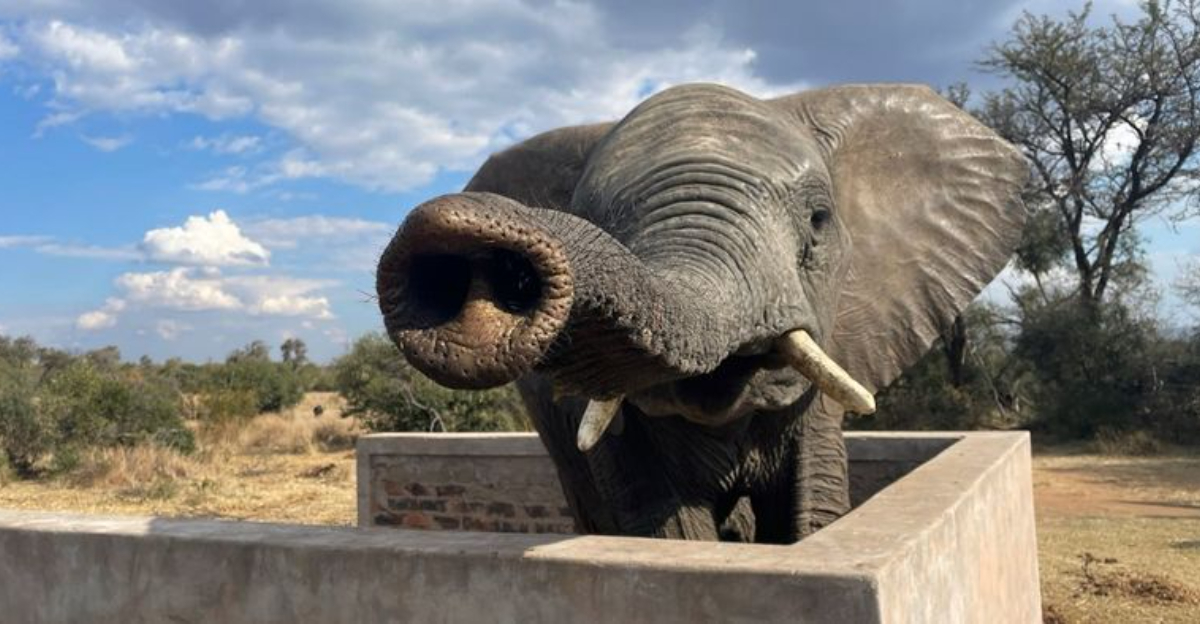
Elephants are known for their impressive trunks, but this unique feature is far more than just a long nose. Over millions of years, the elephant trunk has evolved into one of nature’s most versatile tools, capable of performing a wide range of tasks.
From grabbing food to communicating and even bathing, the trunk is an extraordinary adaptation that plays a vital role in the elephant’s survival. In this article, we’ll explore how the trunk evolved and why it remains an essential part of an elephant’s daily life.
Elephant Trunk Anatomy
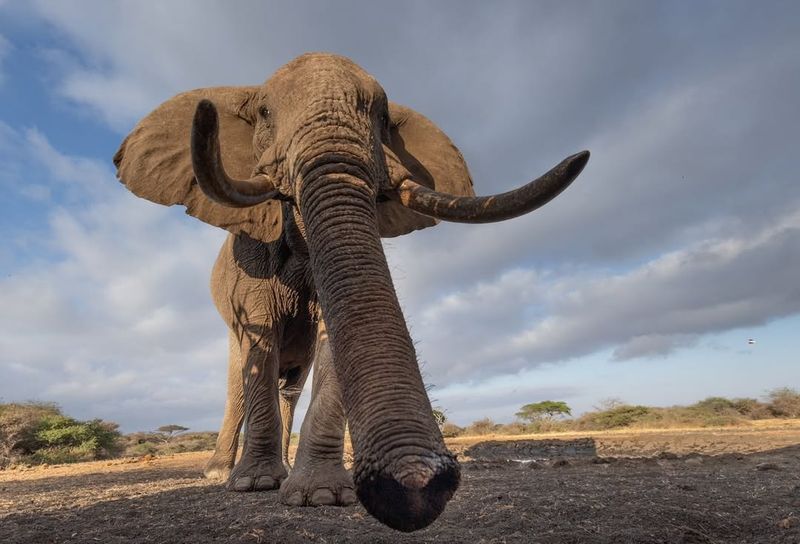
The anatomy of an elephant’s trunk is nothing short of extraordinary. It consists of about 40,000 muscles, enabling the elephant to perform delicate tasks such as picking up a peanut or ripping down a tree branch.
Unlike human arms, which have a mere 650 muscles, the trunk’s muscular complexity allows for a range of movements.
Beyond muscles, tendons and nerves play a crucial role in its functionality. This intricate network allows elephants to express emotions, communicate, and even sense their environment through touch.
Trunk As A Tool

An elephant’s trunk is a versatile tool, often compared to both a hand and a nose. With it, elephants can perform tasks ranging from lifting heavy objects to plucking a single blade of grass.
This dual functionality makes the trunk indispensable for daily life. In the wild, elephants use their trunks to dig for water, strip leaves from branches, and even bathe themselves with dust or water.
This utility is a testament to nature’s ingenuity, highlighting how evolution has shaped the trunk to meet diverse challenges.
Size And Strength
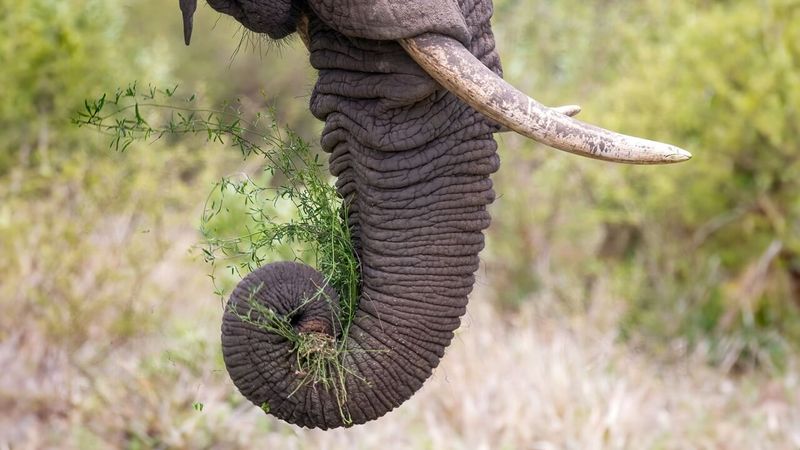
The size and strength of an elephant’s trunk are awe-inspiring. Typically measuring about six to eight feet, the trunk can lift objects weighing up to 600 pounds.
This incredible strength supports various tasks essential for survival, from foraging to social interactions. Despite its power, the trunk showcases remarkable precision and control.
Elephants can delicately grasp a single leaf or gently caress a herd member, demonstrating the trunk’s dual capacity for strength and tenderness.
Trunk As A Communication Tool
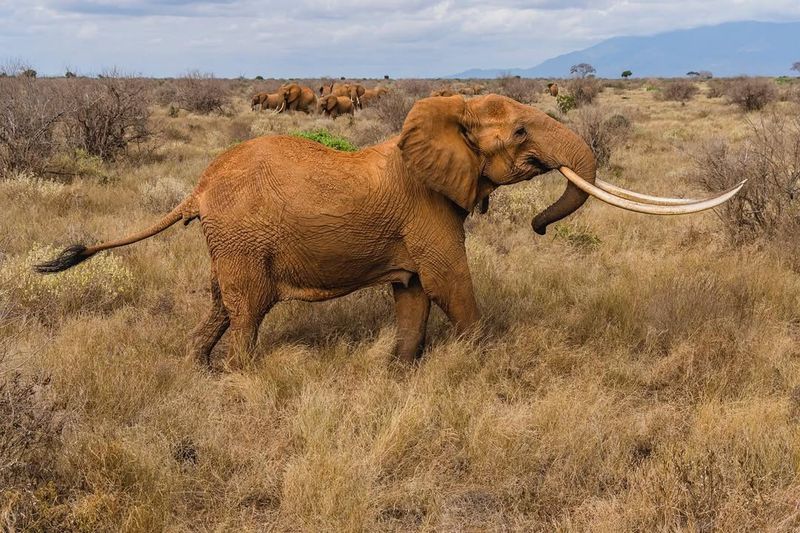
Elephants communicate using their trunks in subtle and profound ways. By intertwining trunks, they greet each other, express affection, and establish bonds. This behavior is comparable to a handshake or hug among humans.
Moreover, the trunk can produce vocalizations, amplifying sounds like trumpeting or rumbling. These sounds convey emotions, warnings, or signals to other elephants, playing a crucial role in herd dynamics.
Through this unique use of their trunks, elephants maintain complex social structures and interactions.
Trunk Evolution
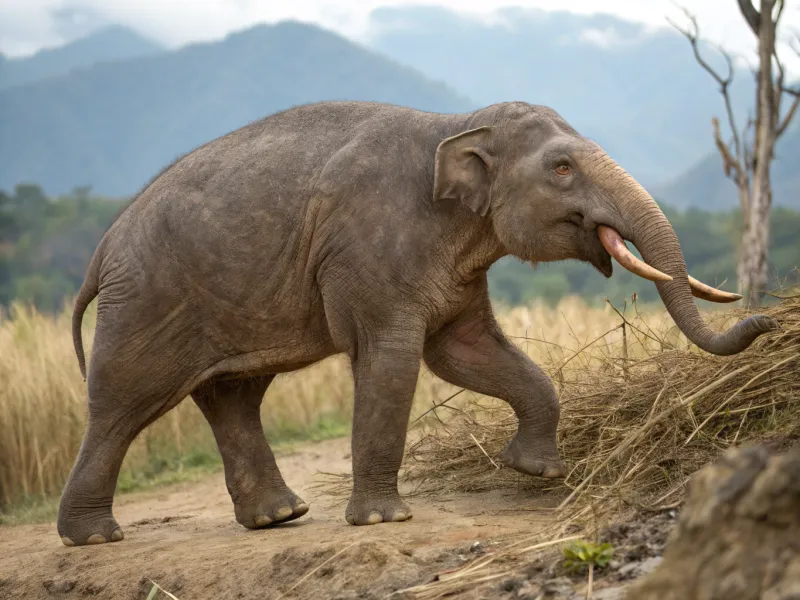
The evolution of the elephant trunk is a journey through time. Early ancestors of modern elephants, such as the Moeritherium, had only rudimentary trunks.
Over millions of years, natural selection favored those with more elongated and versatile trunks.
This evolution allowed elephants to exploit diverse habitats, giving them a competitive edge. As their trunks evolved, so did their social behaviors and environmental interactions.
Trunk Sensitivity

The trunk is an elephant’s sensory powerhouse. Covered with tiny sensory hairs, it allows elephants to detect and explore their environment with heightened awareness.
These hairs can sense texture, temperature, and even subtle vibrations in the ground. Such sensitivity aids in locating food, water, and potential threats. It also enhances their ability to communicate through touch and sound.
The trunk’s sensory acuity stands as a testament to the intricate balance of form and function in nature.
Trunk Dexterity

Dexterity is a defining feature of the elephant’s trunk. Elephants can perform tasks with remarkable precision, from peeling a banana to painting on a canvas.
This dexterous ability is largely due to the trunk’s muscular and neural complexity. The trunk’s tip splits into finger-like projections, enhancing grip and manipulation.
This allows elephants to engage in creative and playful activities, enriching their cognitive experiences.
Role In Feeding

Feeding is a primary function of the elephant’s trunk. With it, elephants can reach high branches, pluck leaves, and uproot grasses.
This ability to access various food sources is crucial for their large dietary needs. The trunk’s length and strength enable elephants to forage efficiently, even in challenging environments.
This versatility is key to their survival, allowing them to thrive in diverse ecosystems. Through their trunks, elephants maintain a constant and balanced diet.
Trunk’s Role In Hydration
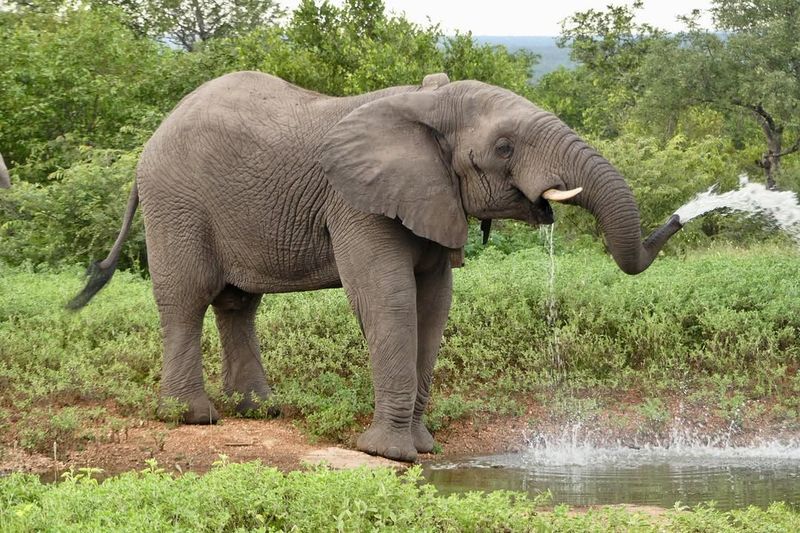
Hydration is vital for elephants, and their trunks play a crucial role in this process. Capable of holding several liters of water, the trunk acts as both a siphon and a straw, allowing elephants to drink and spray water.
Beyond drinking, elephants use their trunks to shower themselves and regulate body temperature.
This hydration function showcases the trunk’s adaptability, supporting the elephant’s health and well-being in various climates. It’s a unique adaptation that underlines the trunk’s multifunctionality.
Trunk And Dust Bathing
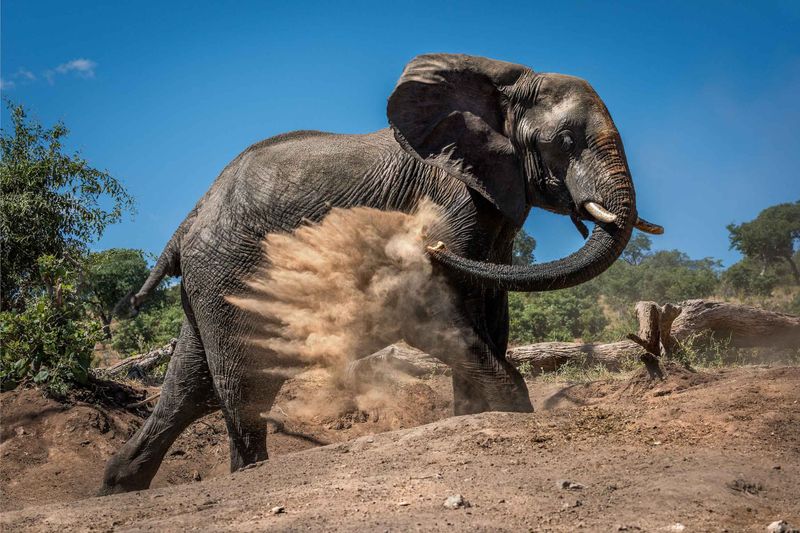
Dust bathing is a favorite pastime for elephants, and their trunks are essential tools for this behavior. By gathering dust or mud, elephants use their trunks to shower themselves, creating a barrier against insects and sun.
This self-care routine is both functional and social, often performed in groups. Trunks enable precise application, ensuring even coverage across the body.
Dust bathing reflects the trunk’s versatility, serving health, social, and environmental functions.
Trunk In Social Interaction
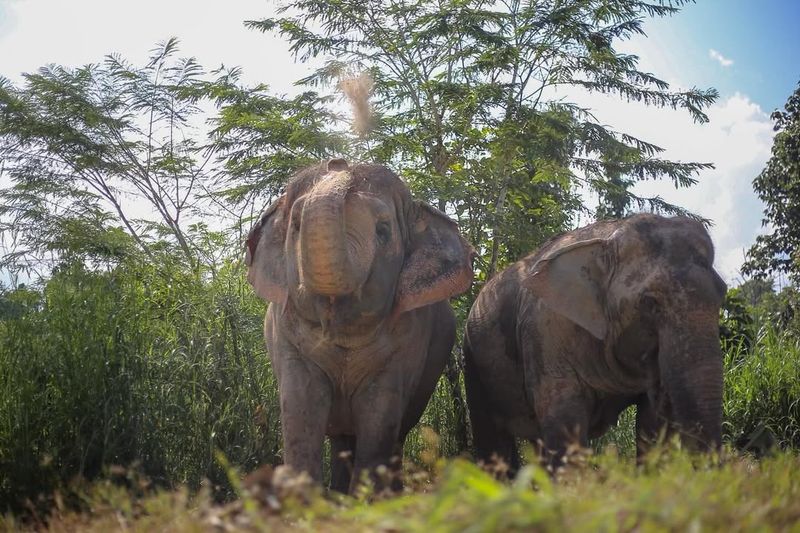
Social interaction among elephants often involves their trunks, which they use for playful sparring, comforting touches, and bonding rituals. This tactile communication strengthens relationships within the herd.
Young elephants learn crucial social skills and hierarchy roles through trunk interactions. This dynamic use of trunks fosters unity and cooperation, essential for herd survival.
Trunks are pivotal in maintaining and nurturing the complex social fabric of elephant societies.
Trunk’s Role In Navigation

Navigation through the wild relies heavily on an elephant’s trunk. The trunk acts like a sensory probe, feeling the way through dense vegetation and unfamiliar terrain.
Its sensitivity and reach facilitate movement, allowing elephants to avoid obstacles and potential dangers. This navigational role is crucial for migratory patterns, enabling elephants to traverse vast landscapes with confidence.
The trunk’s adaptability in navigation highlights its importance in daily life and survival.
Trunk’s Role In Defense
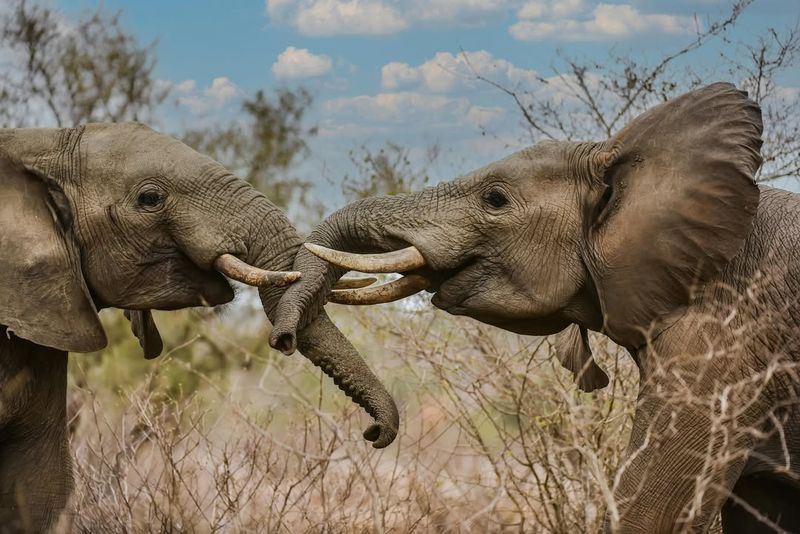
In defense, an elephant’s trunk is both a shield and a weapon. When threatened, elephants can use their trunks to thrash and intimidate predators, showcasing both power and agility.
The trunk’s reach and strength enable it to deliver forceful blows, deterring potential threats.
This defensive use underscores the trunk’s protective role, ensuring the elephant’s safety in the wild.
Cultural Significance Of The Trunk

Throughout history, elephant trunks have held cultural significance, especially in regions like India and Africa. In art and mythology, trunks symbolize strength, wisdom, and familial bonds.
Elephants with raised trunks are often seen as symbols of good luck and prosperity.
This cultural reverence highlights the trunk’s influence beyond biology, inspiring human imagination and spirituality.
The Trunk’s Role In Scent Detection
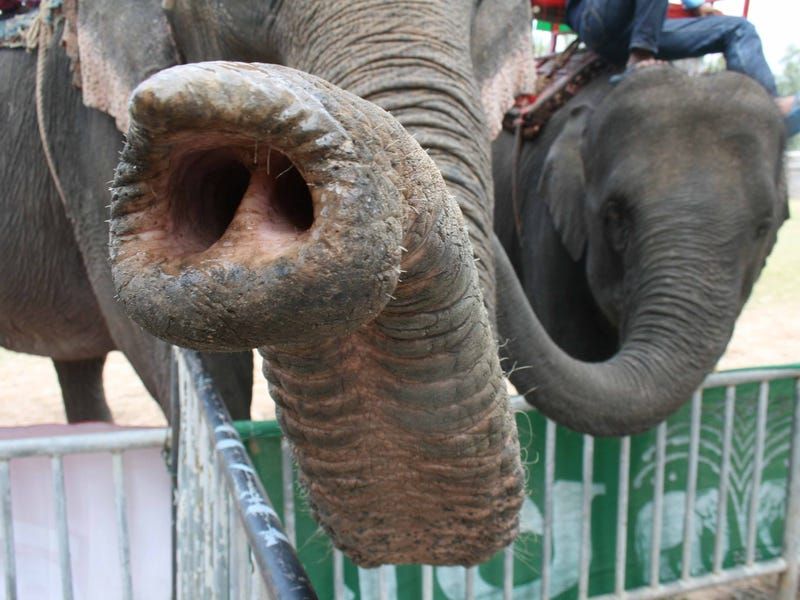
Elephants possess a remarkable sense of smell, arguably the strongest among land animals. With over 2,000 scent receptors, their trunks are adept at detecting scents from great distances. This olfactory prowess aids in locating food and identifying potential threats.
Their ability to detect scents underwater is especially fascinating, allowing them to find submerged vegetation. The trunk’s unique structure enables them to process complex scent information.
Did you know? Elephants can differentiate between the scent of different human ethnic groups, showcasing their advanced olfactory skills. Truly, their trunks are a masterpiece of evolutionary adaptation.
Trunk’s Role In Temperature Regulation
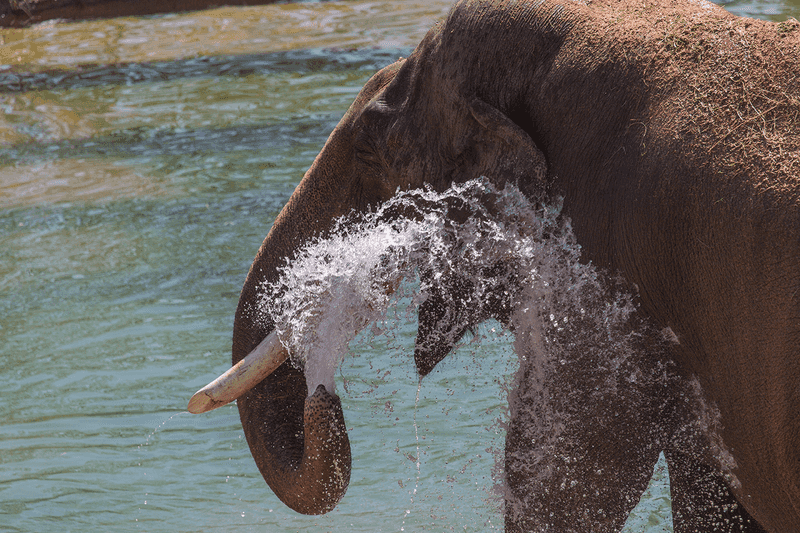
In the scorching heat of their habitats, elephants rely on their trunks to regulate body temperature. By spraying water and mud onto their bodies, they create a cooling effect, preventing overheating.
The trunk’s ability to hold and spray large quantities of water is essential in maintaining their comfort. This behavior is vital during dry seasons when water sources are scarce.
Elephants’ use of trunks for cooling purposes demonstrates not only their adaptability but also a deep understanding of their environment. Their trunks are truly a blend of functionality and intelligence.






